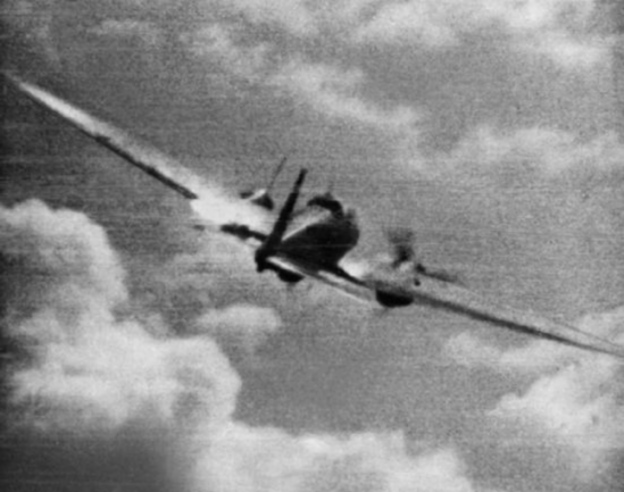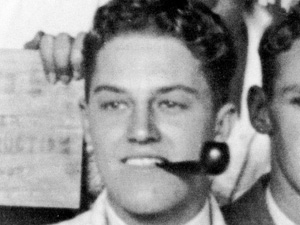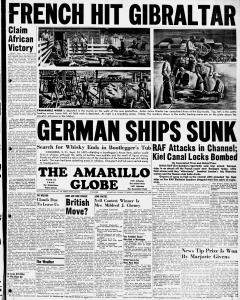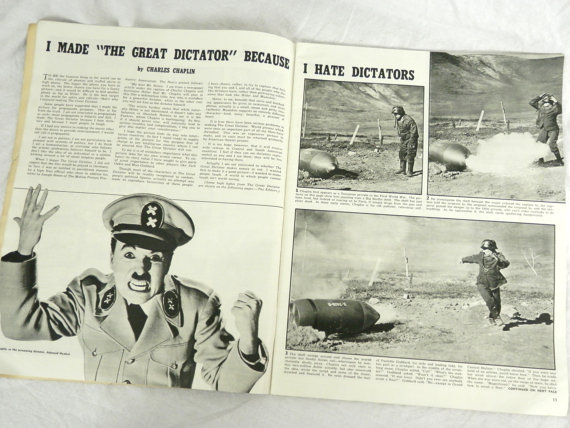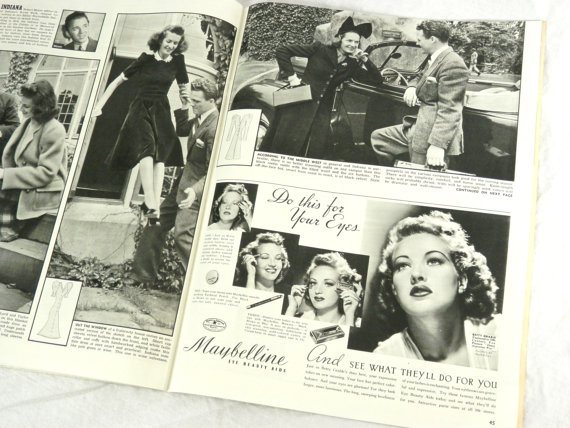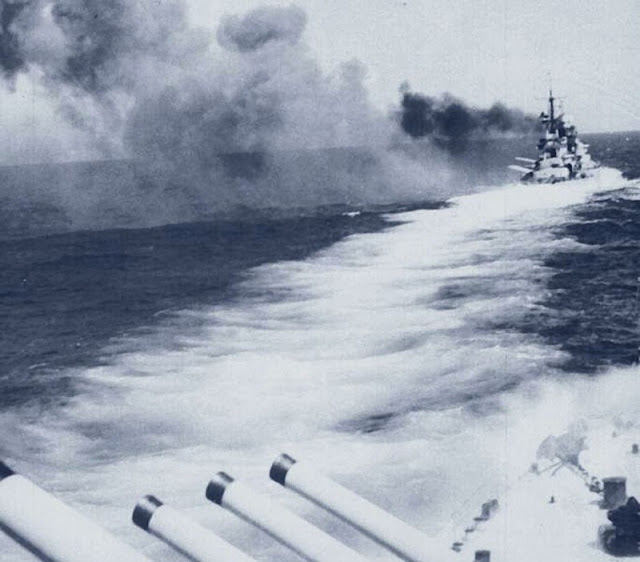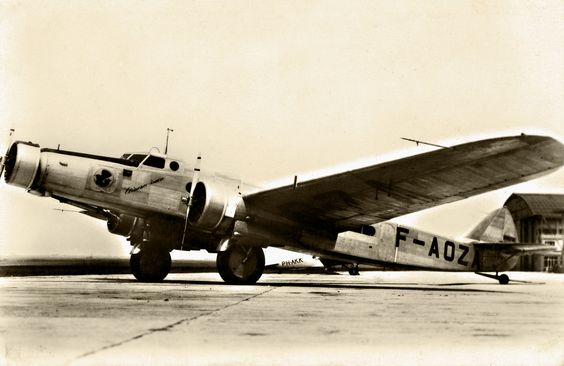Sunday 29 September 1940
 |
| The two Avro Ansons involved in the Brocklesby mid-air collision. |
Late in the morning, the naval base at Lowestoft is hit which does not do much damage to the facility itself, but infrastructure such as water mains and houses take a beating. Another attack around the same time takes place against shipping off Portsmouth, and a third off the North Wales Coast. RAF Fighter Command does not get much accomplished in these instances, showing the value of these sorts of small-scale hit-and-run raids.
Shortly after 16:00, the day's major daylight raid takes place. Several medium-scale formations penetrate over Dungeness and another over Dover. Some of the bombers attack Central London, but they are just fighters which can cause little damage. The RAF makes a half-hearted interception and loses a couple of Hurricane fighters for its trouble.
Another, smaller series of raids occurs around 18:00 in waning daylight over St. George's Channel. Not much happens, but a German fighter is lost.
After dark, it is a fairly average night. Around 20:00, bombers cross over and target numerous areas in southern Britain, including of course London. Liverpool receives a major attack around 22:30, initiating fires at the docks and nearby warehouses.
In London, St. Paul's Churchyard takes an unexploded bomb, while the docks around Horse Shoe Wharf receive damage. Other raids target the aircraft factory at Gloucester. The Luftwaffe loses a couple of Heinkel He 111s late in the day. After midnight, the attacks are largely confined to London and surrounding areas,, and they end a little earlier than usual at about 03:00.
Late in the day, as the light is fading, the RAF has some friendly fire incidents which cause it to lose two Hurricanes. Both pilots, however, survive.
Befitting the quiet day, losses are minimal and even at about a handful of planes apiece. The strategy of attacking at night makes the Luftwaffe's bombers much more effective and reduces their losses, but it also reduces (actually eliminates) the precision necessary to selectively eliminate RAF infrastructure.
Hptm. Walter Oesau of Stab III./JG 51 claims two Spitfires for his 32nd and 33rd victories.
 |
| An unexploded German land mine dropped by parachute. These could destroy all buildings within a quarter of a mile. |
Battle of the Atlantic: The Royal Navy is has a bad day, not of losses, but of errant chases of phantom sightings. Cruiser HMS Emerald departs from Plymouth with a destroyer escort to intercept the Kriegsmarine destroyer force which recently laid a minefield right outside the harbor, but the Germans are long gone. HMS Renown (RN Force H) departs from Gibraltar after reports of the French battleship Richelieu at sea, but that proves erroneous (and the Richelieu is incapacitated at Dakar anyway). There are reports of German transports heading for the Azores which Royal Navy destroyers waste much time pursuing, There also is a report of French destroyers trying to pass through the Straits of Gibraltar - probably a paranoid echo of the recent escape through there effected successfully by French cruisers - but nothing there, either. This all points out how obscure the fog of war can be, and how a lack of good intelligence can lead to waste of resources.
U-32 (Kptl. Hans Jenisch) continues stalking ships dispersed from Convoy OB 218 about 350 miles west of Ireland. After a long stern chase, at 00:53, it adds to its score by sending a torpedo into the stern of 5267-ton British freighter Bassa (Captain George Edward Anderson). All 50 aboard perish after the U-boat crew sees them taking to lifeboats... it's a long way to nowhere out there if you aren't found.
Dutch 1939 ton freighter Arizona hits a mine and sinks in the Firth of Forth near the Kincraig Signal Tower. There are three survivors, the rest of the crew perishes.
Royal Navy 387 ton armed yacht HMY Sappho, serving as a guard ship, hits a mine and sinks off Falmouth, Cornwall. As often happens when smaller vessels hit mines, the ship blows up and kills the kill. 33 men perish. This seems to be a victim of the mines recently laid by a German destroyer flotilla at the mouth of the English Channel.
Norwegian freighter SS Vestkyst I collides with another ship, tug Storegut (formerly Minerva), off Skibeskjærene, Norway and sinks. It is in shallow water, though, and can be re-floated.
Convoy FN 294 departs from Southend, Convoy FS 294 departs from the Tyne, Convoy FS 295 departs from Methil, Convoy OB 221 departs from Liverpool.
 |
| The marching band of the Wehrmacht 10th Motorized Infantry Division in Regensburg, 29 September 1940. |
Italian 1434 ton freighter Carmen hits a mine and sinks southwest of Durazzo, Albania, presumably while supplying the Italian garrison there. Some accounts state that the Carmen was sunk by a torpedo from the British submarine HMS Osiris, which had recently sunk the Italian torpedo boat Palestro on the 22nd in the same vicinity. The Carmen, though, is not usually included among the Osiris' successes.
Operation MB 5, a resupply convoy to Malta, runs two cruisers into Grand Harbor at 22:00. It battles through Italian air attacks on the final stage of the journey. The convoy brings over 1000 troops sent from England to help defend the island. Numerous units are represented, with a large artillery component.
Both fleets - the Italian fleet based at Taranto and Sicily and the Royal Navy fleet based at Alexandria - are at sea. The possibility of a major fleet action exists.
The Italian submarine Scirè (Commander Prince Borghese), heading to Gibraltar with manned torpedoes, heads back to base when the Italians learn that the large Royal Navy ships are out at sea (at Freetown following the failure of Operation Menace).
 |
| Children of the Blitz, September 1940. |
Australian schooner Henrietta sinks at Port Phillip, Victoria in poor weather. The ship runs aground on a reef because there were no charts on board and is wrecked in a storm during the night. The three sailors on board survive, as well as the ship's cat, but the cat's kittens don't make it.
British 429 ton freighter Kinabulu runs aground at Batu Mandi Rock, North East Borneo. It is carrying cattle and other cargo to from Jesselton to Sandakan. The five crew perish.
Spy Stuff: During the night of 29/30 September, three German spies land by rubber dinghy on the Scottish Banff coast after being deposited offshore by a Heinkel He 115. They are Vera de Witte, Theodore Drueke and Werner Waelt. This is part of Operation Lobster (Unternehmen Hummer), a continuing operation to infiltrate Great Britain with spies in order to gather data.
US Military: The Greenslade Board, examining new US bases acquired in the bases-for-destroyers deal, departs from Norfolk, Virginia for Guantanamo Bay, Cuba.
Madagascar: The local government affirms its allegiance to Vichy France.
Luxembourg: The Germans formally incorporate Luxembourg into the Greater Reich.
Midway Island: US Marine Corps Midway Detachment of the Fleet Marine Force (Major Harold C. Roberts) arrives on the island to prepare a camp.
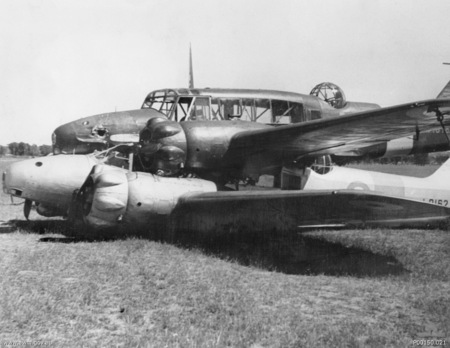 |
| Brocklesby mid-air collision. |
Leading Aircraftman Leonard Graham Fuller, 22, the pilot of the top aircraft, is now flying an aircraft whose engines are out, but which is still flying because the engines of the lower aircraft remain in operation. His controls otherwise work, though he later comments that they are "pretty heavy." Fuller flies five miles (8 km) and then spots a field about 4 miles (6 km) southwest of Brocklesby. Landing into the wind, he brings the two aircraft down in the field, sliding 200 yards (180 m) before they come to rest.
By landing the planes, Fuller not only avoids damage to the town or wherever else the planes might come down together, but saves £40,000 worth of military hardware (both aircraft are repaired and one returns to service, the other used as an instructional aid). Fuller receives an immediate promotion to sergeant but also is reprimanded for talking to the media without authorization. He later receives the Distinguished Flying Medal for actions over Palermo in 1942. In 1944, Fuller perishes when hit by a bus.
The incident is commemorated in Brocklesby by memorials and markers, most recently in 2007.
September 1940
September 1, 1940: RAF's Horrible Weekend
September 2, 1940: German Troopship Sunk
September 3, 1940: Destroyers for Bases
September 4, 1940: Enter Antonescu
September 5, 1940: Stukas Over Malta
September 6, 1940: The Luftwaffe Peaks
September 7, 1940: The Blitz Begins
September 8, 1940: Codeword Cromwell
September 9, 1940: Italians Attack Egypt
September 10, 1940: Hitler Postpones Sealion
September 11, 1940: British Confusion at Gibraltar
September 12, 1940: Warsaw Ghetto Approved
September 13, 1940: Zeros Attack!
September 14, 1940: The Draft Is Back
September 15, 1940: Battle of Britain Day
September 16, 1940: Italians Take Sidi Barrani
September 17, 1940: Sealion Kaputt
September 18, 1940: City of Benares Incident
September 19, 1940: Disperse the Barges
September 20, 1940: A Wolfpack Gathers
September 21, 1940: Wolfpack Strikes Convoy HX-72
September 22, 1940: Vietnam War Begins
September 23, 1940: Operation Menace Begins
September 24, 1940: Dakar Fights Back
September 25, 1940: Filton Raid
September 26, 1940: Axis Time
September 27, 1940: Graveney Marsh Battle
September 28, 1940: Radio Belgique Begins
September 29, 1940: Brocklesby Collision
September 30, 1940: Operation Lena
2020




